Best classic 'might have beens'
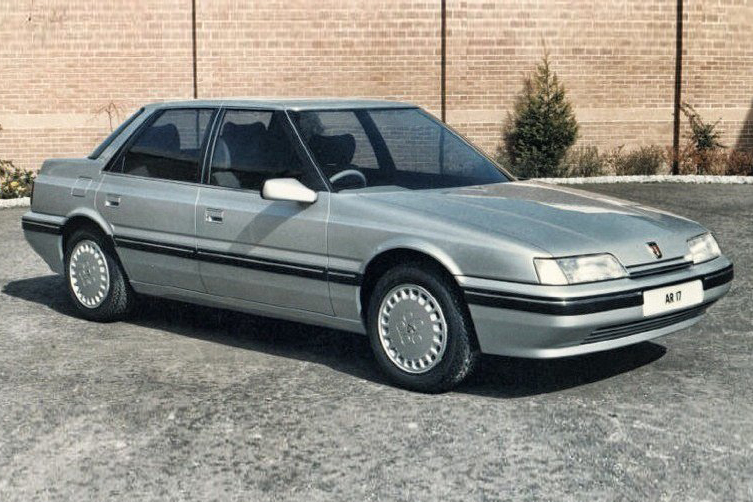
The demise of the British motor industry in the 1970s and 1980s is a tale of missed opportunities.
Cars that might have been great if only they'd received the funding they deserved. Instead, management so often chose the path of least resistance - also known as the cheapest option.
Choosing ten cars from such rich pickings wasn't easy, but we reckon we've picked the models that - if they had made it into production - might have made the biggest difference to the fortunes of British Leyland, Rover and BMC. So let's take a trip down memory lane in a parallel universe.. if that's even a thing.
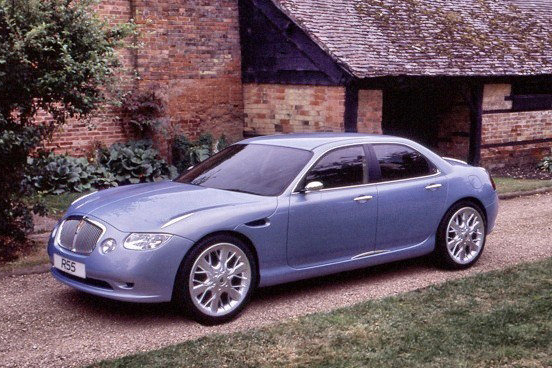
Rover 55
Granted, it's a bit of a Marmite car - but the the Rover 55 was the proposed replacement for the 45. With BMW at the helm, the car was developed in the late 1990s and scheduled for a 2003 launch. It was part of a two-pronged attack on the premium sector, which included the Rover 75. While the long nose and setback cabin hints at a rear-wheel drive design, the car was actually meant to be front-wheel drive. Power would come from a longitudinally-mounted K-series four-pot. It was penned with the focus on near 50-50 weight distribution and was expected to share its underpinnings with the 75, which actually handled pretty neatly (as the ZT proved). Would it have sold? Perhaps not against the 3-series and Audi A4 in the early 2000s. But as that market has diversified, it could've slotted in against streamlined executives like the 4-series and A5. Sadly, it was a victim of BMW's reduced ambition for Rover and the 55 was shelved leaving the 45 to soldier on.
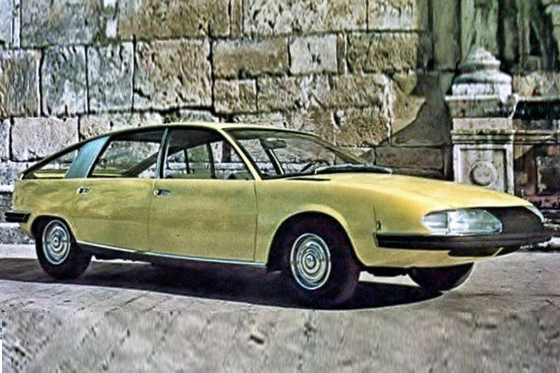
Pininfarina Aerodynamica 1100/1800
The Pininfarina Aerodynamica so interesting because it was a series of designs (yes, there was an 1800 and 1100 – and even a little-known Mini version) that weren’t actually commissioned by the British company. But their styling caused quite a stir when they were revealed in 1967 and 1968 (even if they did have 1800 underpinnings). These five-door hatchbacks pre-dated the stampede towards two-box designs in the 1970s. If BL been brave enough to put them into production, it would have finally had cutting-edge cars that Donald Stokes and George Turnbull often referred to (but never really delivered). Of course, they would have been expensive to develop, and production versions would have looked a whole lot simpler. Chances are they wouldn't have sold either - just look at how low Citroen CX sales were the UK when that model arrived seven years later.
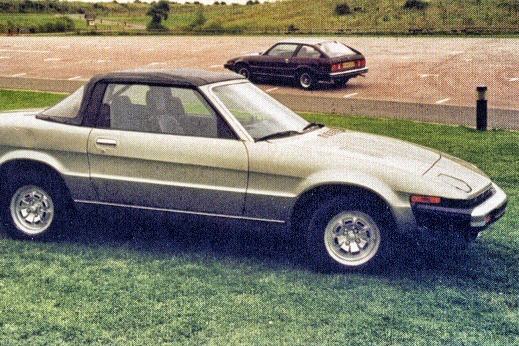
Triumph Broadside
The Triumph TR7 is one of those BL cars - full of promise, but circumstances beyond its control meant it was never realise its potential. That never stopped the design team, though. As well as the drophead and V8, which did make it off the drawing board, there were also plans for a US-friendly model developed in the late 1970s. Called the Broadside, it was powered by the O-series engine which, in fuel-injection form, was good for 100bhp but met the tough emissions standards required. It was developed for sale as both MG and Triumph-badged versions, and slated for sale in 1981-82. We reckon the long-wheelbase open-top here would've been a winner. Sadly, it was never put into production because the economics of selling cars to America was at breaking point in the 1980s thanks to the strong pound.

Austin-Morris ADO22
There's no doubt about it - the ADO22 would've been a winner. Unlike the Allegro, it was built on the strenght of its predecessor (the ADO16). Effectively a refresh of the 1100/1300 range, ADO22 was designed in the late-1960s and got a hatchback, improved access to the engine bay (always handy if a car proves a tad unreliable) - all while retaining the excellent interior package. Power would have come from the E-series engine, which we reckon would've made it a contender. And because it was based on the 1100/1300, development and production costs would've been less than those of the Allegro. Which would've left a bit of money in the pot for a rainy day.
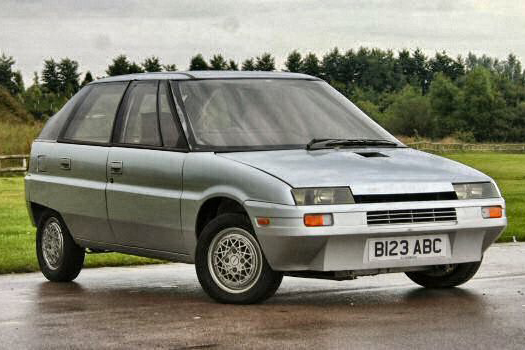
Austin AR6
The trouble with the AR6 was that it was too far ahead of its time. Development started in 1983 with a three-cylinder version of the K-series engine and an aluminium body. Essentially, the AR6 was a road-going version of the ECV3 concept car - itself a project designed to restore public confidence. But for a Government-controlled company wrestling with its finances and an unhappy labour force, ministers weren't keen on ploughing £500m into AR6's development budget for a 1986 launch. Of course, there were other issues that prevented the project getting the green light - not least the Metro's domestic success. And the arrival of rivals like the Fiat Uno and the Peugeot 205 - brilliant, conventional and profitable. AR6 was shelved while the Metro had to hold steady.

Rover 400
The Austin Montego might have been a decent car that handled and rode well enough - but no-one could ever see that through the ugly, oh-so-1970s styling. No self-respecting sales rep or middle manager wanted to drive it. And Austin-Rover knew this - hence why several Montego improvement programmes were commissioned in the mid-1980s. This one - internally known as AR16/17 - seemed to get the most traction. It combined Rover 200 and 800 series styling with the Montego's underpinnings and the 2.0-litre 16v M16 DOHC cam engine from the 800. Once again, funding was limited and management opted to duck this issue and go with AR9 - a mildly facelifted version of the Montego - and work on a longer-term replacement with Honda.
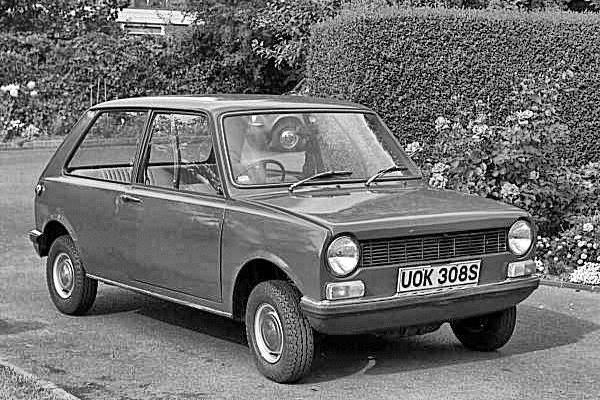
BMC 9X
How do you improve on the Mini? It was a question that creator Alec Issigonis repeatedly asked himself as 1967 - just eight years after the car went on sale. Issigonis had several goes at bettering his original design with perhaps this version of the 9X being the most well-known. The focus once again was on packaging and the car was lighter, roomier, more powerful and more efficient than the Mini. Perhaps because BMC had been stung by losing money on the Mini and stomach investing in another development project, or perhaps they didn't want to mess with something that wasn't broken, or - either way, it wasn't happening.
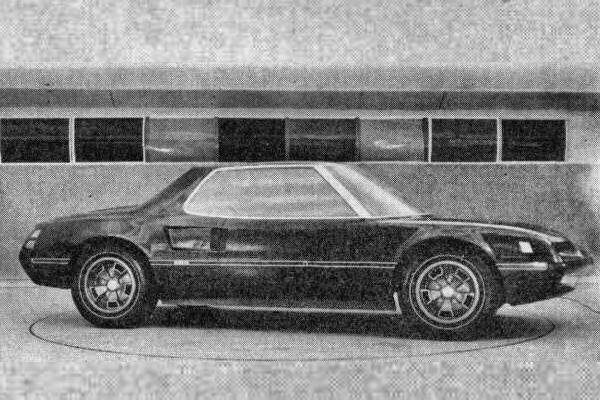
Rover P6BS/P9
In the late-1960s, Spen King had an idea. It was for a three-seat mid-engined 'super Rover'. No, we're not sure why either, but hats off to him for trying. Actually, the road-going P6BS prototype proved itself to be pretty handy. Well-balanced and light, the Rover V8 sat amidship with full-blown supercar pretensions. Would it have sold? Well, demand for British sports cars was high in export markets so there's a chance that it might have done pretty well - especially as the E-type was now getting on a bit. But the project was cut short by management - namely Jaguar stalwart Sir William Lyons who was on the newly-formed BLMC board. And so it was decided that Jaguar should be the flagship and there should be no internal conflicts. Don't forget though, that if it had gone into production the V8-powered model would've arrived in the middle of the energy crisis and surely been facing total commercial failure anyway.

Morris Marina ADO77
Considering it was a stopgap lashed together, the Marina could've been a whole lot worse. Don't get us wrong - the enginering team did a good job, but the could only work with components that were readily at hand. A bit like on Scrapheap Challenge. ADO77 was the Marina that might have been - and that's not actually as depressing as it sounds. It was bigger, boasted better equipment and would've got the O-series engine. It would've also formed the basis for MG Midget and MGB replacements (yep, Project Condor still had some backers). Would it have been able to take the fight to the Vauxhall Cavalier and Ford Cortina? Probably. It can't have done much worse than the Ital, which became nothing more than a ghost in the ever-important company car market and left the Montego to pick up the sale slack. But this was the 1970s and the company was running on borrowed cash and borrowed time, so a facelifted Marina (with a few trim upgrades had to do).

Rover R6X
The observant among you will have noticed two common themes in this top ten: the 'make do and mend' approach of model development; and the '... then they ran out of money' statement that echos throughout the pages. Well, the Rover R6X combines both of those threads. R6 was a Metro replacement that used much of the Metro's underpinnings with a few suspension tweaks. Because, you know, creating a new model out of a car that's already a decade old has always worked... not. The model made it all the way to the prototype stage before - you guessed it - management opted to save a few quid and the rather familiar looking Rover Metro of 1990 was deployed. As missed opportunities go, R6X takes top spot. All the hard work had been done so development costs would've been minimal, but the car looked different enough to have earned a new name and the sales potential that goes with that. As it was, the Metro was left to sell long after its best before date had expired.













